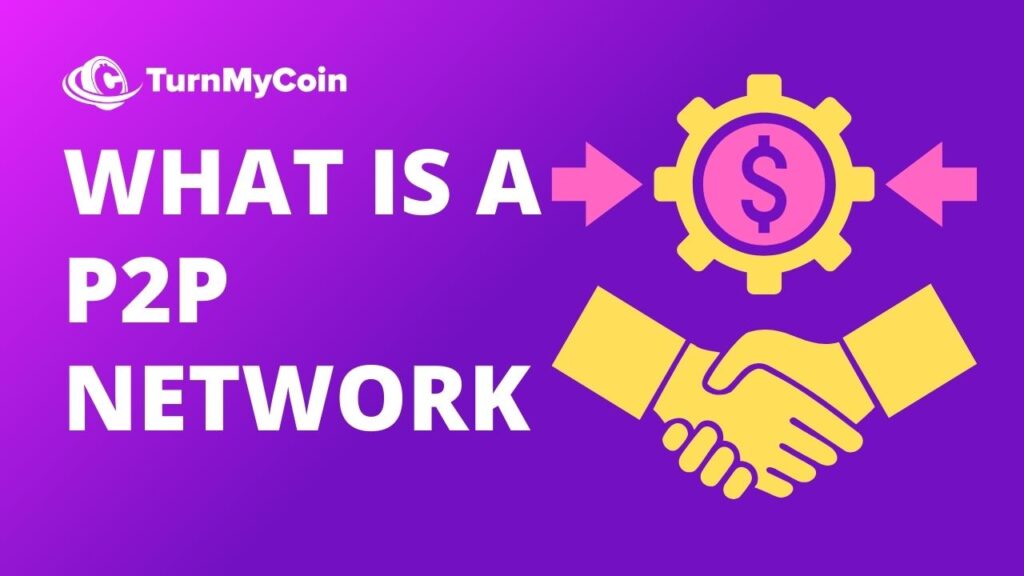
Introduction
When playing video games online, do you ever wonder how you may instantly communicate with people all around the world? The correct response is P2P networks. When it comes to online media distribution and consumption, P2P networks have been a game-changer. P2P networks have facilitated the distribution of huge files such as music, video, and software.
How do peer-to-peer networks actually function, though? Despite their popularity, many individuals still don’t understand how P2P networks actually work. To help you have a firm grasp on this potent technology, this essay will delve into the fundamentals of P2P networks and how they function. Come on, then; let’s get started.
- Introduction
- What is a Peer-to-Peer Network?
- What is a P2P Network architecture?
- Nodes in a P2P
- What is the procedure of a P2P network?
- How does it work?
- Characteristics of P2P Network
- Decentralization
- The Practice of Resource Sharing
- Scalability
- Anonymity
- Security
- Structure of a network
- Autonomy
- Several Types of Peer-to-Peer Networks
- Distributed P2P System
- Distributed Peer-to-Peer Network
- Combined P2P System
What is a Peer-to-Peer Network?
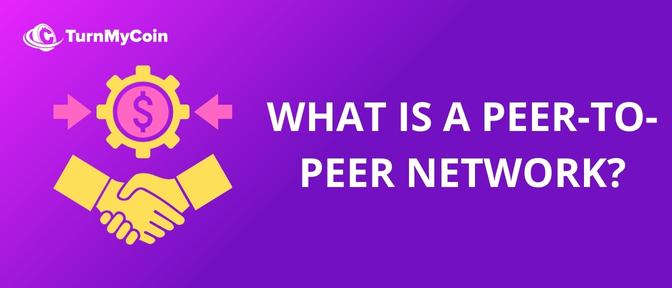
A peer-to-peer network, in its most basic definition, is a network that exists whenever two or more devices (often computers) are linked and exchange resources. In contrast to traditional network architectures, peer-to-peer networks don’t rely on a centralised server to link all of the nodes in the network. It can also be viewed as a network in which disparate computers are linked together via a central server to facilitate data exchange.
More than a dozen computers in a relatively short area can be connected in a typical offline setting because to a peer-to-peer network’s permanent infrastructure role. Also, any approved platform will offer Blockchain certification courses that will teach you all about peer-to-peer networks and their usefulness in the Blockchain industry.
What is a P2P Network architecture?
In a peer-to-peer network, no single entity is responsible for coordinating the efforts of the many individuals that make up the network. In this setup, each node acts as both a server and a client, performing the identical functions for both roles. Each workstation in this paradigm is equally accountable for tasks within the larger computer network ecosystem, but fewer devices are connected to the central server. Peer-to-peer networks are best suited for tiny communities with fewer and smaller companies. This is because in decentralised networks, each node functions similarly to a workstation, saving its own copy of the data in its own database.

Simply put, the generic peer-to-peer architecture is created with the features of a single piece of software in mind. Hence, each software acts as both a client and a server, sharing the latter’s responsibilities and capabilities, in order to accomplish its goals. If you’re wondering where to start learning about Blockchain, you can find various resources online to assist you.
Nodes in a P2P
In addition, the interconnections between nodes in a P2P network can divide the networks into two broad types. The two main categories are as follows:
Randomly created linkages characterise an unstructured network, such as a peer-to-peer system. Any new peer wanting to join and contribute to the network can do so by replicating the linkages of an existing part and then constructing and distributing its own links, making such networks simple to build.
It’s also crucial to be aware that, in unstructured networks, queries aren’t guaranteed to always find an answer, leading to potential difficulties. For instance, a user may be able to search for a popular piece of material if they have access to it, but they may not be able to do so if they are seeking for content that is rarely available.
Napster, KaZaa, Gnutella, etc., are only a few examples. Structured networks, in contrast to their unstructured counterparts, delegate content management responsibilities amongst peers. These networks assign a value to each piece of material and each peer in the network, and then use a standard protocol to delegate responsibility for that content. In this approach, the network uses the shared protocol to identify the peer responsible for data transfer whenever a user conducts a search for content, thereby satisfying the user’s request.
Tixati, Kademlia, P-Grid, etc. are only a few examples.
What is the procedure of a P2P network?
Knowing how peer-to-peer networks function is essential in terms of the topic’s technological components. The fundamental mechanism of a P2P network is distinct from the case of Blockchain, where any Blockchain developer can answer your question. In most cases, such networks don’t use a central authentication server. Due to the fact that each networked device is responsible for its own security, the user must register a unique account for each device they intend to use.
In a perfect world, users would keep their files on their own computer. They must take care of their data recovery by ensuring these files are backed up regularly. In addition, the devices can make the resources accessible to other users on the network because they often run server and client software in a peer-to-peer network.
A peer-to-peer network, from the perspective of network architecture simplicity, is easy to set up and is often the best deal for networks with less than 10 devices and a preference for a server-based solution.
How does it work?

Let’s say you’re interested in downloading a random file off the web. The website you go to is analogous to a store from which you purchase the file you wish to download. The website is a server, transmitting the data to your client computer or device. A download is like travelling down a one-way street; information can only travel from the server to your hard drive. This is due to the fact that your computer is eager to get the file, and the website is the only place it can be found.
While using a peer-to-peer network, downloading content is managed significantly differently during normal web browsing and the search for specific files. You need some peer-to-peer app that can create a virtual peer-to-peer network installed on your device. Once this is accomplished, the bits representing the file you wish to download from the internet are received from various devices in the network that already contain the file.
While this happens, the file is also sent from your device to any other required computers. The files turn into small bits of data that originate from your device, thus the process works both ways. After making the request and the network releasing your file, the final transmission of the file to all linked peer devices occurs.
Characteristics of P2P Network
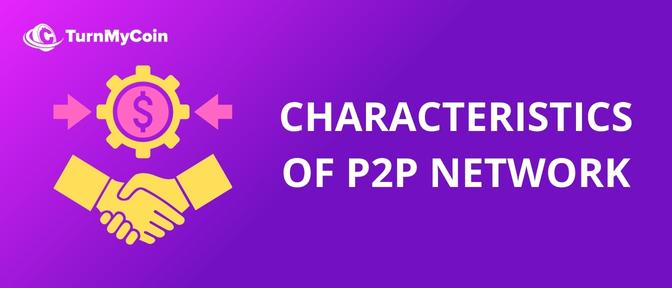
File sharing, IM, and online gaming are just a few examples of the growing number of peer-to-peer (P2P) network uses. Instead than going through a central server or hub, computers in a P2P network are able to speak with one another directly.
Decentralization
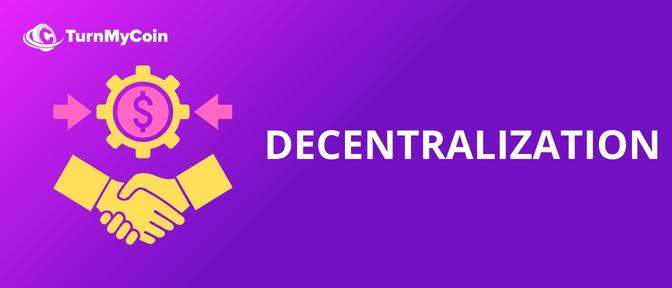
P2P networks are distinguished by their lack of a central authority figure or server. In contrast to client-server networks, in which one server handles all client communications, P2P networks divide up the work amongst all of the connected devices. Because of this, there is no single point of control, and all nodes are equal in terms of their powers and authority. As there is no central hub that may go down or be attacked, P2P networks are more secure and reliable.
The Practice of Resource Sharing
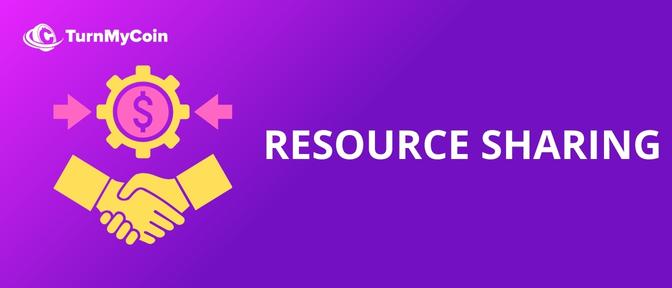
Another important feature of P2P networks is resource sharing. Files, bandwidth, and computing power are just some of the resources that nodes in a P2P network can share with one another. As a result, users have access to more information than they would otherwise have. For instance, file-sharing software users can download content from various servers, which may boost download speeds and file availability.
Scalability
Since P2P networks can expand or contract on the fly as nodes join or leave, they are very scalable. This indicates that P2P networks can function normally even if some nodes become unavailable, and that they can support a high density of nodes without degrading performance. In addition, P2P networks can be readily expanded to incorporate new capabilities or services without requiring fundamental changes to the underlying network infrastructure.

Anonymity
As nodes in a P2P network are not required to reveal their identities to one another, this type of network can offer high anonymity. Those who like to maintain anonymity while interacting with the system or other users may appreciate this feature. But hiding one’s identity online might make it simpler for criminals to commit fraud, hacking, or other online offences.
Security
Depending on the details, P2P networks may be more or less secure than centralised ones. There is no one target for an attack like a denial of service (DoS), so P2P networks can be more secure against them. Nonetheless, assaults might occur in P2P networks due to flaws in the protocol or individual nodes. For instance, a malicious node could infect other network nodes by inserting malware into a shared file.
Structure of a network
Pure P2P networks, hybrid P2P networks, and super-peer networks are only a few examples of possible P2P network topologies. No hierarchy or special treatment exists for any nodes in a true peer-to-peer network. Regarding hybrid P2P networks, not all nodes are created equal. Some nodes in a super-peer network function as hubs or servers to make it easier for other nodes to communicate with one another. The application’s needs and the network’s complexity should guide the selection of a topology.
Autonomy
Users of P2P networks have more freedom since they can decide which resources to make public and which to keep to themselves. Those who wish to remain anonymous or who are concerned about their data’s security may appreciate this. Autonomy can potentially improve network performance by allowing for greater flexibility and innovation, but it can also lead to a loss of coordination and collaboration among nodes.
Several Types of Peer-to-Peer Networks
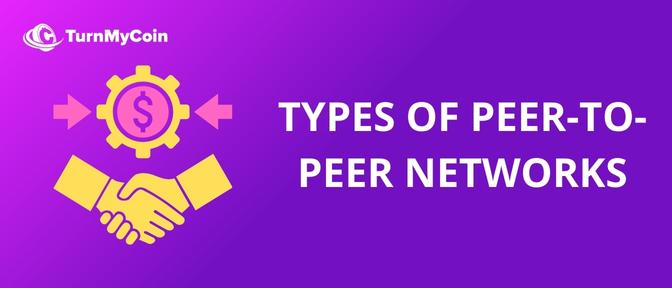
Distributed P2P System
In a centralised P2P network, a central server or hub coordinates all interactions between nodes. In a network, nodes cannot directly communicate with one another but must instead go through the server. A peer-to-peer network is frequently employed in applications like online gaming and chat rooms, where a centralised server is required to oversee user identification, content distribution, and other activities.
One of the benefits of centralised P2P networks is increased security and regulation by a centralised server. They are more susceptible to attacks and reliant on a centralised server, among other downsides.
Distributed Peer-to-Peer Network
There is no governing body or single point of contact in a P2P network. This network has no central control or organisation; instead, all communication occurs directly between nodes. File sharing is a common use case for P2P networks since it allows users to transfer data directly without going via a server.
As there is no central hub that could fail, decentralised P2P networks are more reliable, and users have more freedom to manage their own resources. However, they are more vulnerable to attacks and more difficult to manage on the network, among other problems.
Combined P2P System
In a hybrid P2P network, both centralised and decentralised components coexist. While some network nodes serve as intermediaries and relay messages between others, others engage in direct dialogue. Online marketplaces are a common use case for this kind of P2P network because they require centralised server management of transactions and user authentication but also benefit from users being able to communicate directly.

The dynamic expansion and contraction of a hybrid P2P network as nodes join and depart the network provides several benefits. They’re a happy medium between the pros and cons of centralised and decentralised systems. They have some benefits but also have some negatives, such as increased complexity and the need for more advanced network management.
